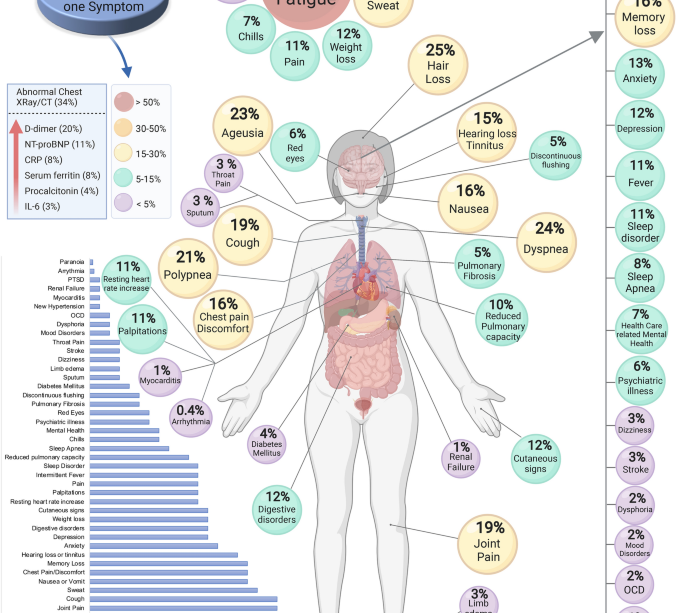COVID Symptoms: Signs to Watch For and What They Mean

Introduction to COVID Symptoms
The COVID-19 pandemic continues to profoundly impact public health across the globe. Since its emergence, understanding the symptoms of COVID-19 has been crucial for early detection, timely intervention, and reducing the spread of the virus. As we move into 2023, the importance of recognising COVID symptoms remains relevant as new variants emerge and vaccination rates change.
Common COVID Symptoms
CDC guidelines indicate that the most common symptoms of COVID-19 include:
- Fever or chills: A common response as the body fights infection.
- Cough: Often dry, which can become persistent.
- Shortness of breath: Difficulty breathing can indicate a more severe case.
- Fatigue: A common sign among those infected.
- Muscle or body aches: Generalised discomfort can accompany the virus.
- Headache: Often reported as a COVID symptom.
- Loss of taste or smell: A uniquely recognised symptom of COVID-19.
- Sore throat: Can mimic other respiratory infections.
- Congestion or runny nose: Sometimes confused with allergies or cold symptoms.
- Nausea or vomiting: More commonly reported in some individuals.
- Diarrhoea: An emerging symptom that affects some patients.
It is critical for individuals experiencing these symptoms to get tested and isolate to prevent further transmission.
Emerging and Severe Symptoms
In addition to the common symptoms, some patients may develop more severe indicators that require immediate medical attention, such as:
- Difficulty breathing: An indication of severe respiratory distress.
- Persistent chest pain or pressure: Could indicate serious complications.
- Confusion: New onset of confusion or inability to stay awake.
- Bluish lips or face: A sign of insufficient oxygenation.
Conclusion and Significance
Recognising COVID-19 symptoms is an essential tool for controlling the spread of the virus. Individuals are encouraged to remain vigilant, especially as newer variants may present with slightly different symptoms. With ongoing public health campaigns, the hope is to enhance public awareness and ultimately lead to faster testing and treatment, thus minimising the overall impact of COVID-19. As the situation evolves, those experiencing any symptoms should consult health professionals to receive guidance on appropriate measures and testing. Understanding COVID symptoms can empower communities to respond effectively and safeguard public health.









